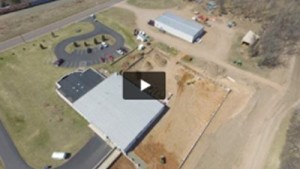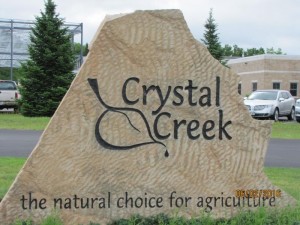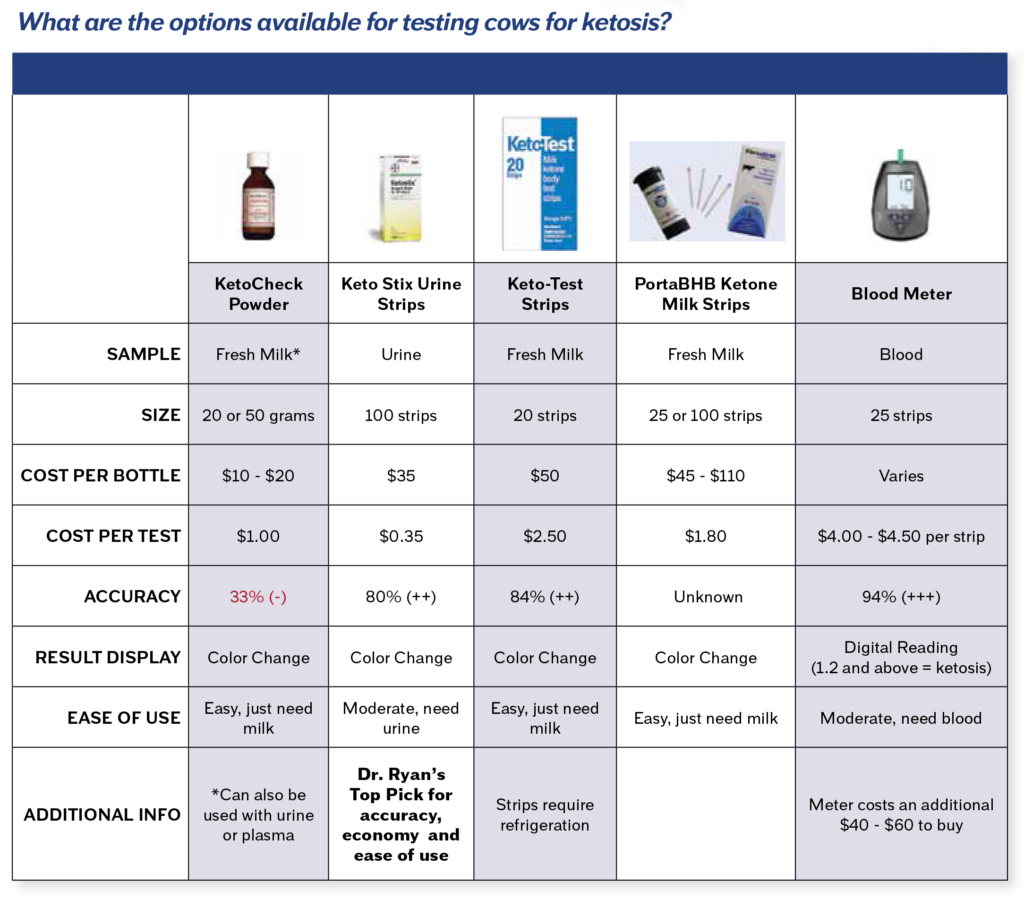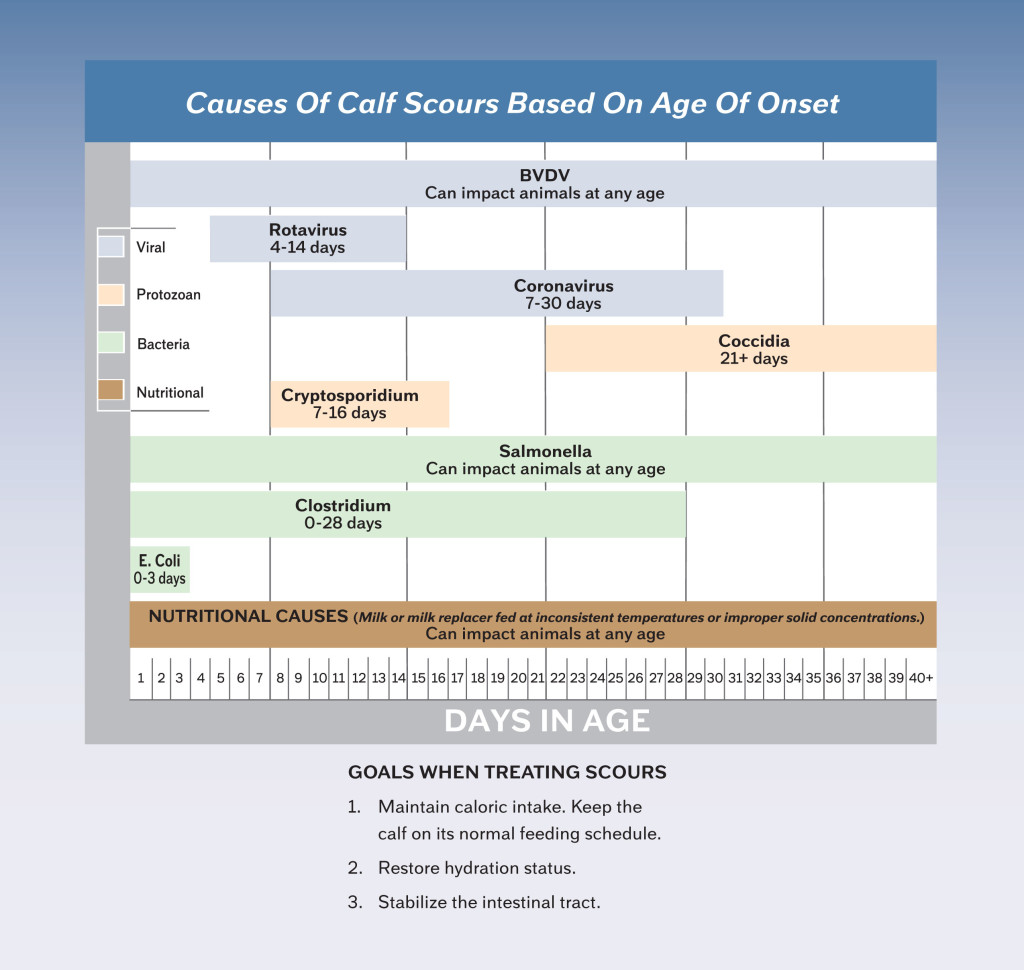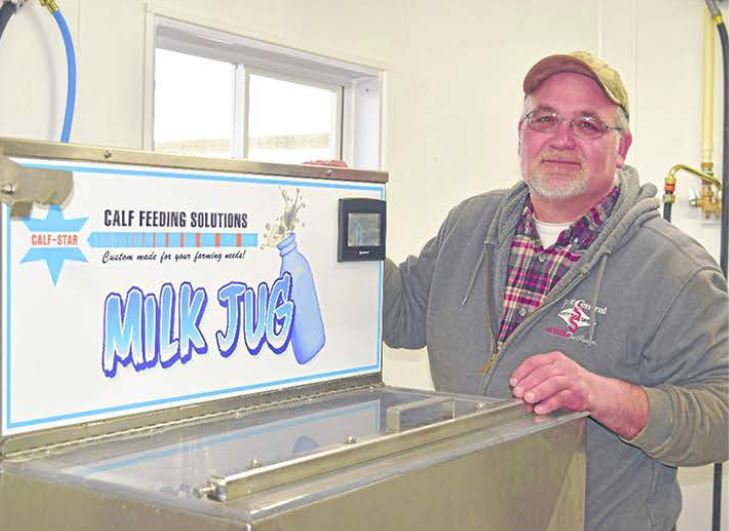Ask The Vet / Ask The Nutritionist
Click here to view as a pdf: Ask The Vet Ask The Nutritionist
“How do you determine the right time to harvest corn silage and how long should I wait before feeding this year’s silage?”
The proper timing of harvesting corn silage is of the utmost importance. If corn silage is harvested when it is too wet, it can grow mold and/or clostridia and there is a greater chance that butyric acid will form leading to dry matter loss, poor feed quality and decreased feed intake. Harvesting corn silage when it is too dry will cause poor packing in the storage structure, poor fermentation and possible heating in the bunk. All of these factors can lead to an increased dry matter loss during fermentation, spoilage and poor bunk life. Dry corn silage is also less digestible. Harvesting corn silage at just the right time will produce high quality silage which will result in optimum animal performance. Factors to consider when harvesting corn silage include:


